Staircases increase the aesthetic appeal of your house apart from making it more functional. It provides easy and quick access to different floors of the house. Before constructing a staircase, a homeowner should know the parts of a staircase. Here we have given information on various components or parts of a staircase. Below diagram shows all the components which make a staircase.
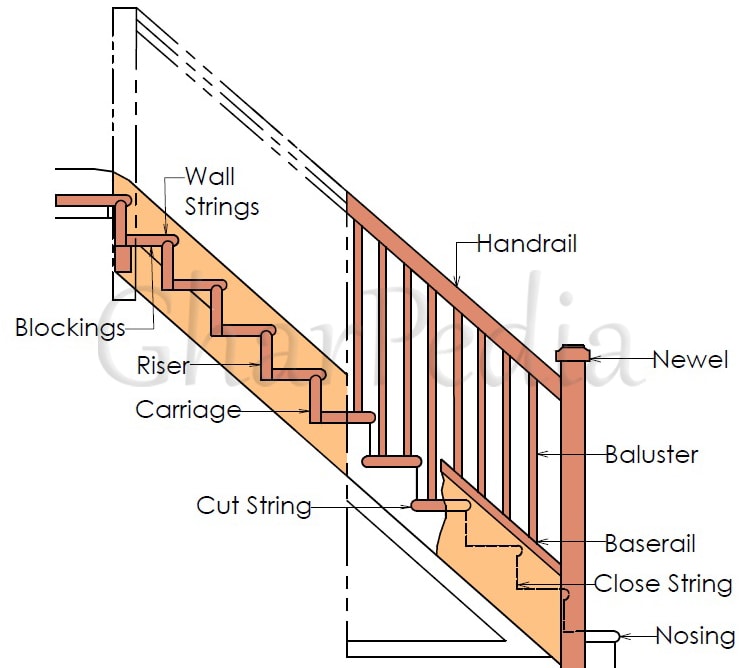
The two main components of the staircase are tread and riser. The tread is the horizontal element where we place our feet and the riser is the vertical element that separates the treads.
The Various Parts of a Staircase are as Follows:
01. Step:
This is a portion of a stair which is comprised of the tread and riser, and permits ascending or descending transitions from one floor to another.
02. Curtail Step:
It is the starting step of the staircase, which projects out of the string. The curtail step can be constructed in a variety of designs.
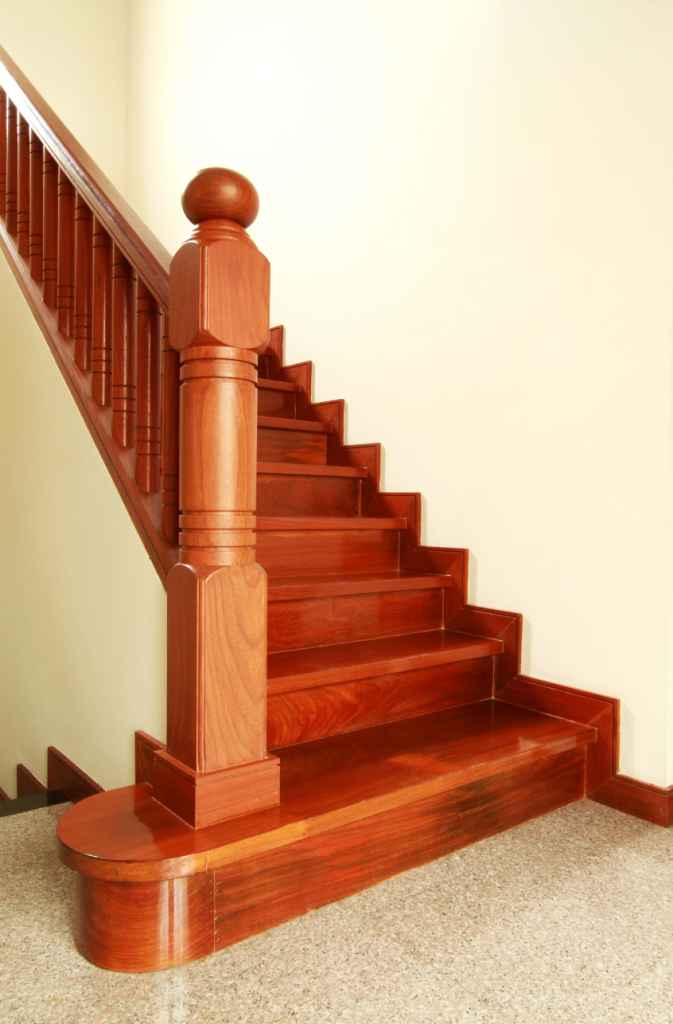
03. Tread:
It is a top horizontal part of a step on which foot is placed, while transiting in ascending or descending order.
04. Riser:
This is a vertical member between two treads. Riser provides a support to the treads.
05. Rise:
Rise is a vertical distance between the upper faces of any two consecutive steps.
06. Going:
Going is the width of the tread between two successive risers. In other words, it is horizontal distance between the faces of any two consecutive risers.
07. Flight:
A continuous series of steps without any break or landing is known as flight.
08. Landing:
Landing is a platform provided between two flights. A landing extending to full width of staircase is known as half spaced landing and the landing extending to only half across a staircase is called as quarter space landing.
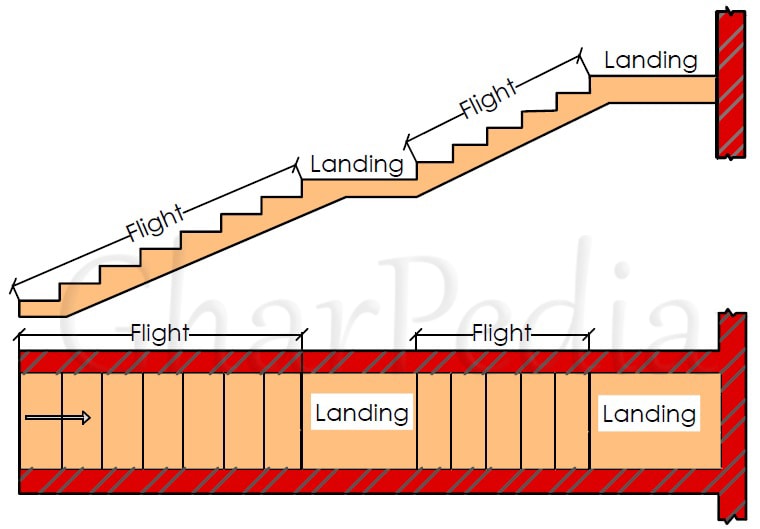
09. Nosing:
Nosing is the outer projecting edge of a tread. This is generally made rounded to give more pleasing appearance and makes the staircase easy to negotiate.
10. Line of Nosing:
An imaginary line touching the nosing of each treads parallel to the slope of the stair is known as line of nosing.
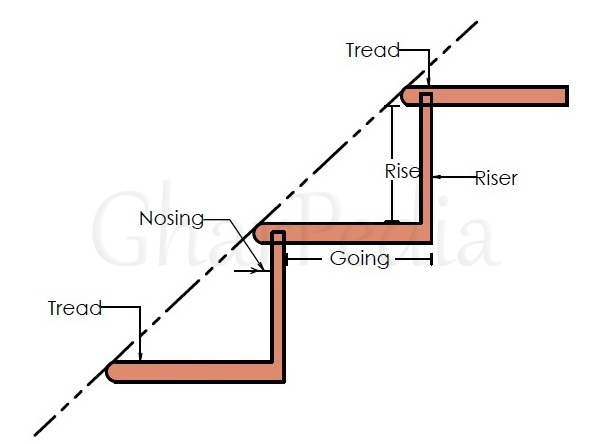
11. Winders:
Winders are the tapering steps used for changing the direction of the stair.

12. String or Stringers:
String is a sloping member which supports the steps in a stair.
13. Newel Post:
Newel post is a vertical post placed at the top and bottom ends of flights supporting the handrails.
14. Soffit:
Soffit is the underside of a stair.
15. Baluster/Spindle:
Baluster is a vertical member or filling in between handrail and base rail. It is provided for safety and aesthetic purpose.
16. Balustrade:
The combined framework of handrail and baluster is known as balustrade.
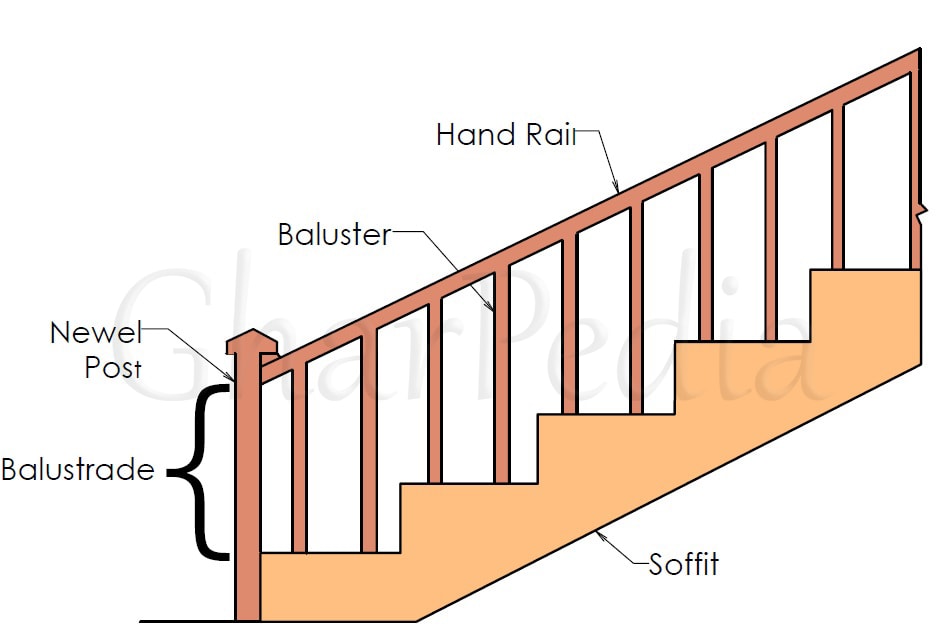
17. Railing:
This is a framework of enclosure supporting a handrail and serves as a safety barrier.
18. Handrail:
This is a protective bar placed at a convenient distance above the stairs for support. Elderly people can rest their hands on handrail to climb stairs easily.
The whole staircase is the assembly of all the aforementioned parts. The various parts of a staircase can vary according to the type and material of the staircase.
